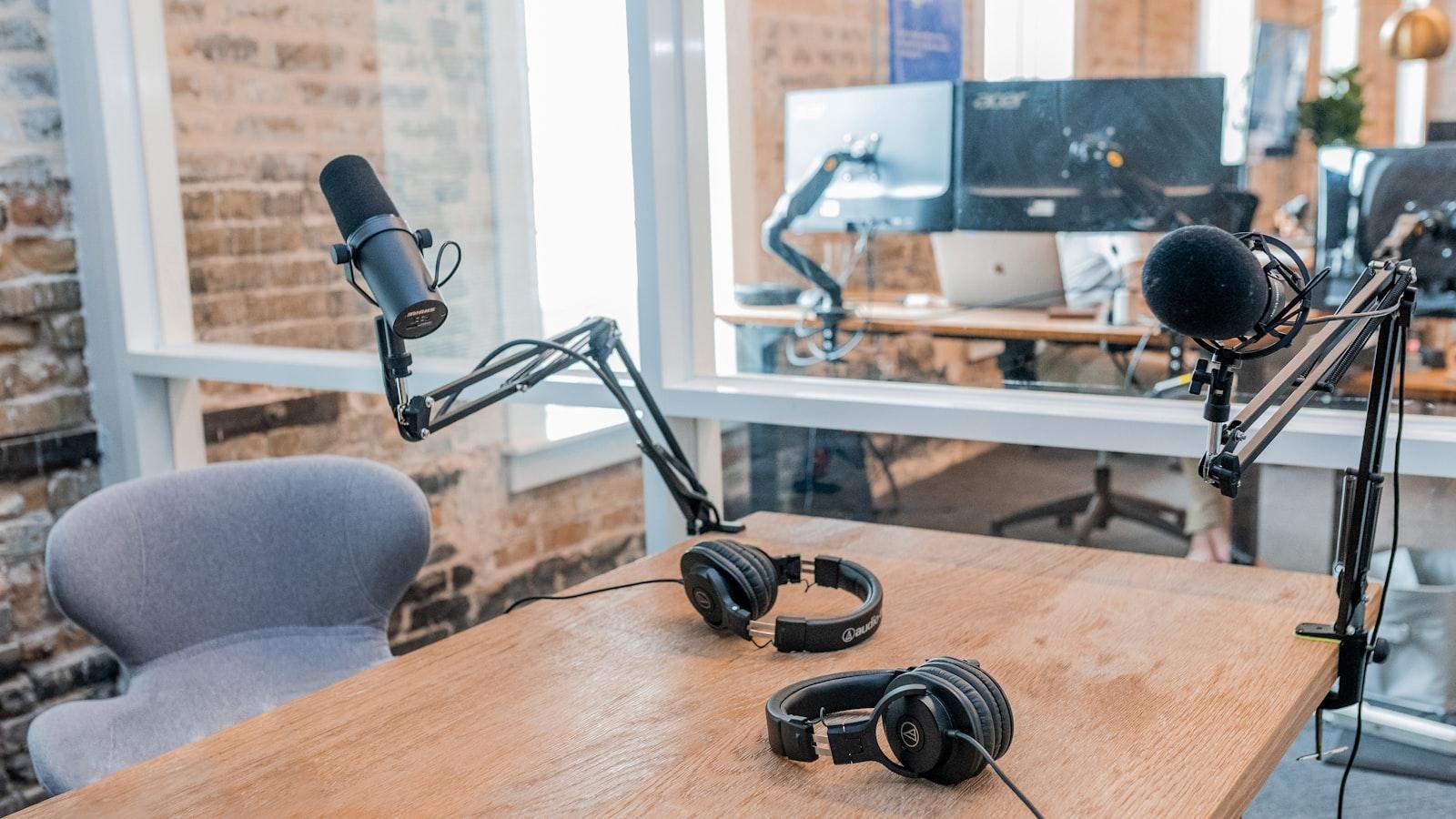Nestled in the heart of Africa lies a country rich in cultural diversity and linguistic complexity – South Sudan. The linguistic landscape of this young nation is a tapestry woven with over 60 distinct languages, each with its own unique heritage and significance. From the rhythmic tones of Dinka to the melodic sounds of Nuer, the languages of South Sudan form a vibrant mosaic that reflects the rich tapestry of its people. Join us as we delve into the multifaceted linguistic landscape of South Sudan and uncover the hidden gems that make this country truly unique.
Exploring the Rich Diversity of Language in South Sudan
South Sudan is a country rich in linguistic diversity, with over 60 languages spoken among its various ethnic groups. This linguistic tapestry reflects the country’s complex history and diverse cultural heritage, making it a truly fascinating place to explore for language enthusiasts.
From the Bari language spoken in the capital city of Juba to the Dinka language spoken in the northern regions, each language in South Sudan offers a unique glimpse into the rich cultural traditions of the country. The linguistic landscape is as diverse as the people themselves, with each language playing a crucial role in shaping the country’s identity and heritage. Whether you’re interested in the tonal complexities of the Nuer language or the intricate grammar of the Zande language, South Sudan offers a wealth of linguistic treasures waiting to be discovered.
Challenges and Opportunities in Preserving Minority Languages
In South Sudan, the preservation of minority languages presents a unique challenge due to the country’s diverse linguistic landscape. With over 60 languages spoken within its borders, the task of safeguarding and promoting these minority languages is a complex one. This diversity enriches the cultural tapestry of South Sudan, but also poses obstacles in terms of standardization, education, and intergenerational transmission.
Despite these challenges, there are also opportunities for revitalizing and preserving minority languages in South Sudan. Embracing linguistic diversity can foster a sense of belonging and pride among marginalized communities. By incorporating these languages into education systems, media, and public spaces, the country can empower its citizens to celebrate their linguistic heritage. Furthermore, digital technology and social media platforms offer new avenues for minority language speakers to connect, share resources, and collaborate on language preservation initiatives.
Promoting Linguistic Inclusivity for Sustainable Development
South Sudan is a country rich in diversity, with over 60 different languages spoken among its various ethnic groups. The linguistic landscape of this nation is as vibrant and varied as its people, reflecting the complex history and cultural heritage of the region. From Dinka to Nuer, Zande to Bari, the languages of South Sudan encapsulate a wealth of knowledge, traditions, and identities.
By embracing the multifaceted linguistic diversity of South Sudan, we can pave the way for greater inclusivity and understanding among its inhabitants. Language is not just a means of communication, but also a vehicle for preserving heritage, promoting unity, and fostering sustainable development. Through initiatives that prioritize linguistic inclusivity, we can empower individuals to participate fully in society and shape a future where all voices are heard and valued.
Strategies for Language Preservation and Revitalization in South Sudan
One of the key challenges in preserving and revitalizing languages in South Sudan lies in the diverse linguistic landscape of the country. With over 60 indigenous languages spoken across different regions, each with its own unique cultural and historical significance, finding effective strategies to protect and promote these languages requires a multifaceted approach.
Some potential include:
- Supporting Community Language Schools: Establishing and funding community-based language schools to teach indigenous languages to younger generations.
- Creating Language Documentation Programs: Funding initiatives to document and preserve endangered languages through written materials, audio recordings, and digital archives.
- Implementing Language Revitalization Programs: Supporting efforts to revitalize endangered languages through cultural events, language immersion programs, and media campaigns.
Closing Remarks
As we delve into the linguistic landscape of South Sudan, we are confronted with a rich tapestry of languages and dialects that reflect the diverse and multifaceted nature of this young nation. From Arabic and English to indigenous languages such as Dinka and Nuer, each language tells a story of cultural heritage and resilience. As South Sudan continues to navigate its path towards peace and development, it is clear that language will play a crucial role in shaping its future. Embracing this linguistic diversity is not only a way to preserve the cultural identity of its people, but also a means to foster unity and understanding among its diverse communities. In this ever-evolving linguistic landscape, one thing remains clear: language is a powerful tool that has the potential to bridge divides and build bridges towards a brighter future for all South Sudanese.



